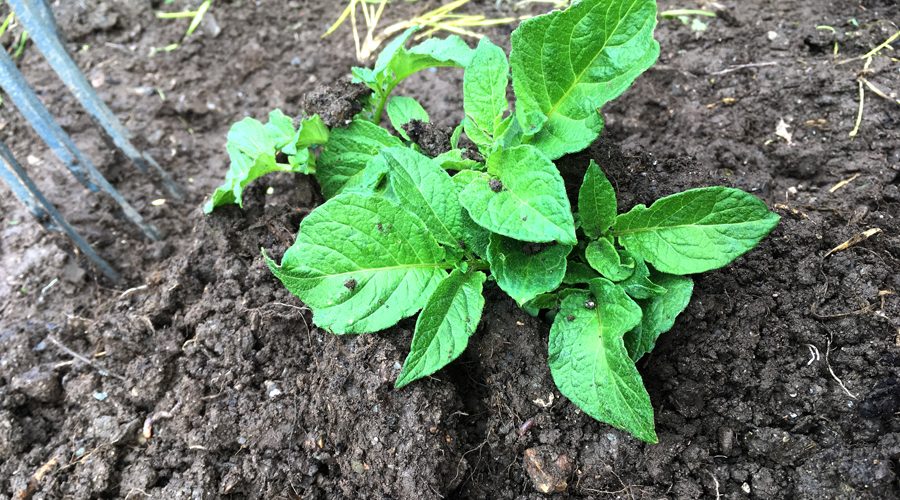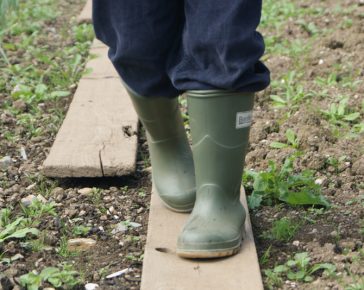If you’re new to growing your own veg then you may not know about the concept of earthing up. This short post will give you the low down.
How to earth up potatoes:
A few weeks after you’ve planted your seed potatoes you will start to see shoots appearing above the ground. At this stage, it is best to cover the shoots with loose soil or compost. If growing in beds, you can do this right along the length of the row, creating a long ridge about the height of a molehill. If growing in containers/planters, then fill with compost until the shoots are fully covered.
When to earth up potatoes:
Most gardeners will earth up their potatoes initially when they are planted, and then again once the first signs of foliage appear. You can earth them up again a couple of times early on in the growing season, during May and the first week of June.
3 main reasons for earthing up potatoes:
- To reduce frost damage early on in the season – the tender leaves are beneath the soil and cannot be affected by late frosts.
- To encourage larger crops – potatoes grow near the surface of the soil, and by earthing up you are giving them a little more space to make new tubers.
- To prevent tubers from turning green – any potato tubers that are exposed to direct sunlight will develop green skin and at this point they become inedible. Earthing them up prevents this from happening.
What if I have planted out late?
Given that one of the main reasons we earth up potatoes is to avoid frost damage, you may wonder if it is even necessary when planting in, say late April or early May (which may be the case if the ground has been too wet etc.)
We would recommend earthing up when you plant anyway, as it will help to prevent tubers from being exposed to the sun and turning green and will help to encourage bigger yields. Thereafter, assuming you have earthed up generously on planting, there’s little benefit in earthing up again if you’ve planted out seed potatoes later in the season.




